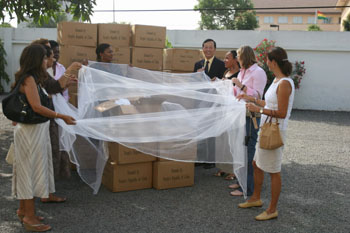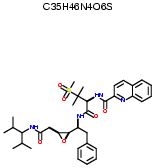The cure without a cure...Treatments & Resistance |
|
While understanding the genome of Plasmodium offers a huge
benefit, so much is still unknown. For those suffering from malaria,
knowing a genome is of little importance without a cure (Gardner). Until a vaccine and effective treatments are found, the best option will continue to be prevention.
|
Prevention methods:* Spraying infected areas with DDT to kill the mosquito carriers. Prevention methods do carry some risk. Chemicals such as DDT and those used to coat the mosquito nets can cause unknown long-term effects on humans. There is much debate regarding the pros and cons of chemical usage (Smith).
|
Treatments:Treatments available focus on reliving the symptoms, more than the disease. Often, there are two main results that can occur with the onset of malaria - death or a natural immune response that may build up. If an individual does develop the natural immune response, they will continue to house merozoites of the falciparum in their liver. Some pharmaceuticals are available that work by attacking the parasite at as specific point of the life cycle. Unfortunately, many are becoming of no use due to increased resistance. Source: Huestis |
Resistance:
|

